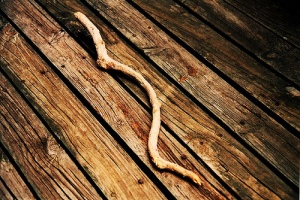raymond.goff
Veteran Member
Looking for insight on fuel gauges. Our new to me 78 Marine Trader 34 had fuel tanks replaced in 2005. For some reason ther are no fuel gauges. I see the sender units in the tanks, but no wiring other than a ground.
Questions:
1. Do I need gauges made for the specific sender?
2. Have others used a dip stick Method? (I have my pilots license and we always dip tanks anyway, don't trust gauges)
Ray G
Questions:
1. Do I need gauges made for the specific sender?
2. Have others used a dip stick Method? (I have my pilots license and we always dip tanks anyway, don't trust gauges)
Ray G







